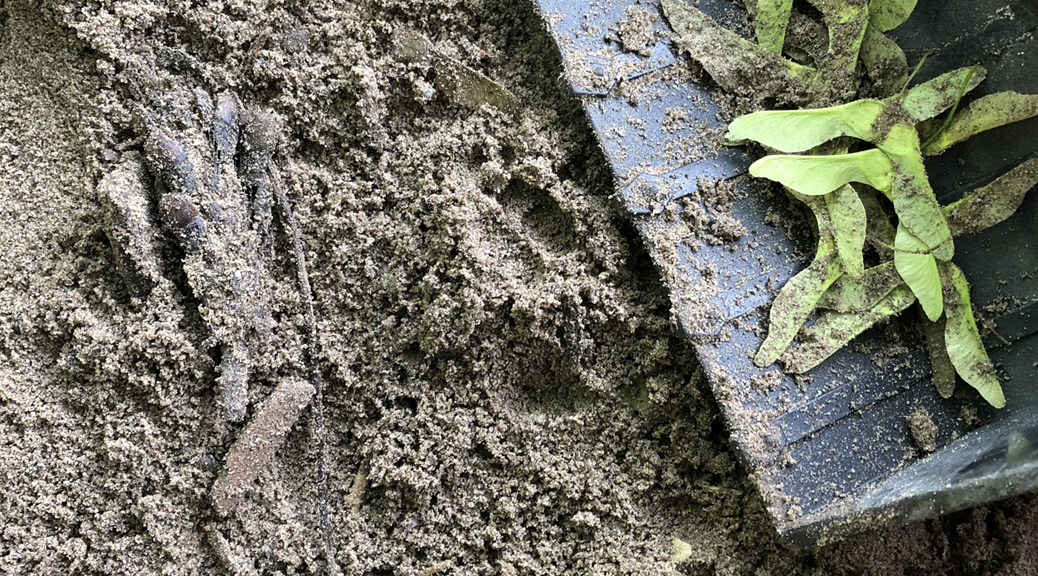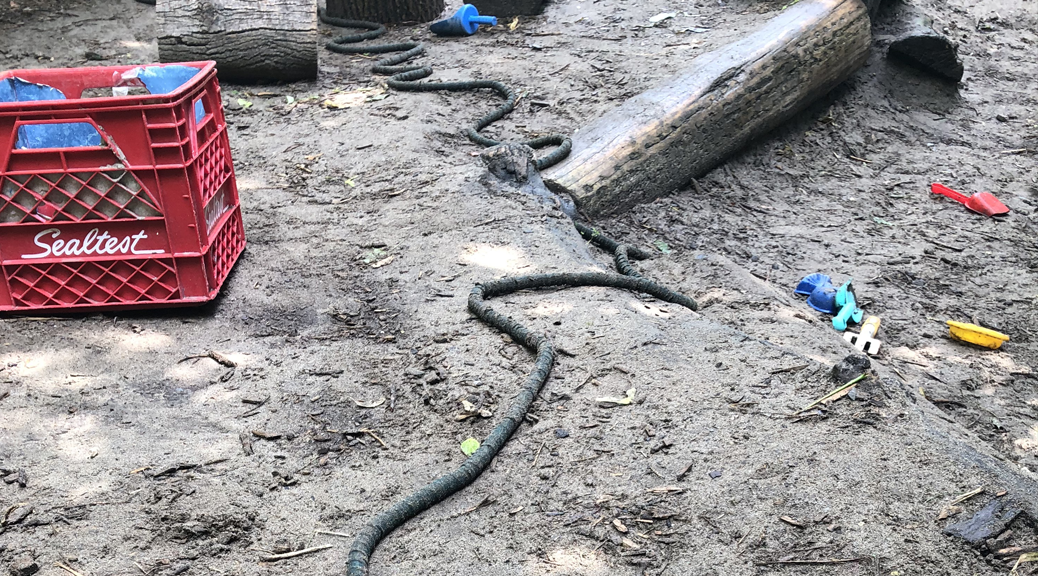Nicole Land thinking with Maria Wysocki, Selena Ha, Andrea Thomas, and Alicja Frankowski
Maria shared a reflection about interrupting the children pulling paper out from the fence to ask the children WHY we might want to do this. This moment makes me think so much about the question of being thoughtful and intentional in moving: why are we moving the way we are? Why are we making the movement choices (and border choices) we are making? What in this place pulls our bodies to move in particular ways and not in others?
Continue reading Figuring out how to Move Together


